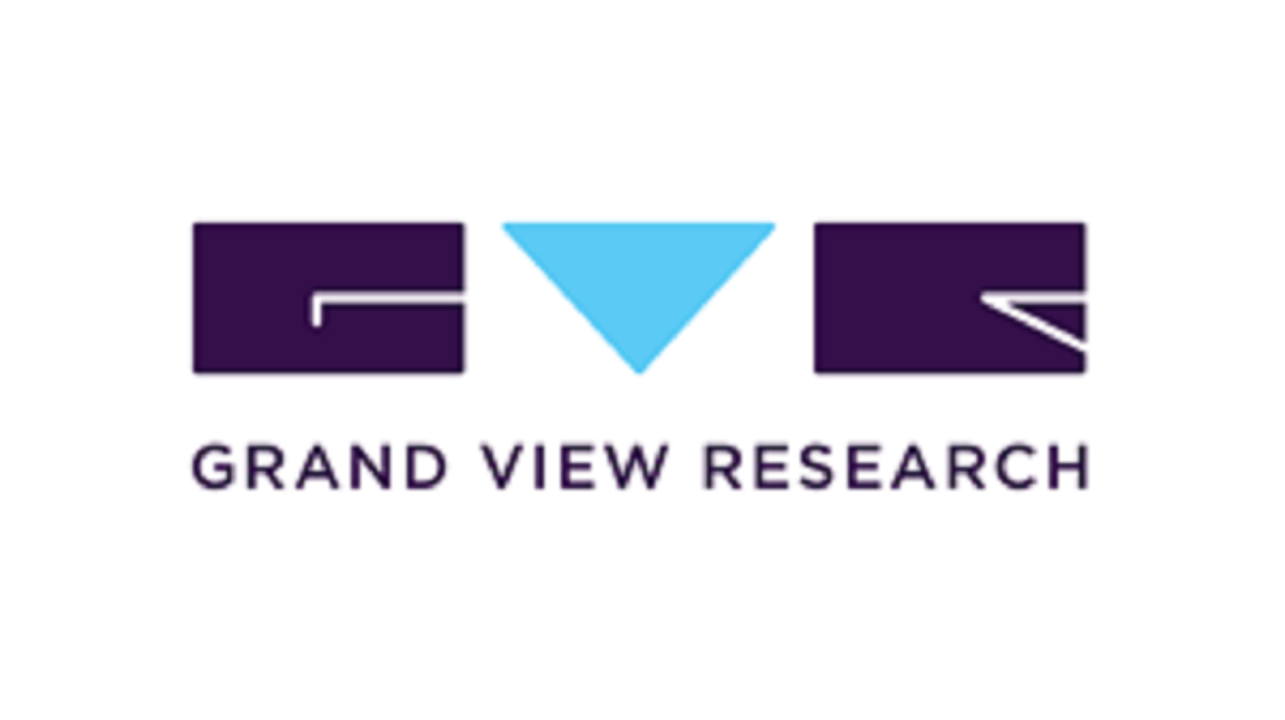The global fiber optics market size was valued at USD 8.76 billion in 2022 and is expected to reach USD 14.93 billion by 2030, growing at a CAGR of 6.9% from 2023 to 2030. The advancement of fiber optics technology is a result of continuous innovation, driven by extensive research and development (R&D) efforts by scientists and researchers across the globe.
In response to the growing demand for reliable and high-speed connectivity, many manufacturers of connectors are diversifying their product offerings. They are focusing on solutions that enable highly secure and precisely aligned fiber optic channel connections. A notable example of this trend occurred in December 2022, when Microsoft acquired Lumenisity Limited, a UK-based supplier of advanced fiber optic products. This strategic acquisition was aimed at enhancing Microsoft’s global cloud infrastructure. It is expected to help the company meet the increasing demands for low-latency and secure network solutions for its Cloud Platform and Services customers.
Furthermore, collaborative initiatives among companies to innovate and modernize fiber optic networks are expected to significantly influence the market during the forecast period. These efforts are largely focused on minimizing the costs associated with operations and maintenance (O&M) and the construction of optical distribution networks (ODN).
In addition to private sector developments, government support is also playing a crucial role in driving market expansion. For example, in July 2022, the Government of India announced the merger of Bharat Sanchar Nigam Ltd (BSNL), a state-owned telecommunications company, with Bharat Broadband Network Ltd (BBNL), which manages broadband infrastructure. This merger is aimed at developing the country’s largest optical fiber cable (OFC) network. As a result of the merger, BSNL will gain control over 5.67 lakh kilometers of optical fiber infrastructure previously managed by BBNL, further accelerating the deployment of high-speed connectivity across India.
Key Market Trends & Insights:
• The Asia Pacific region emerged as the dominant player in the global fiber optics market in 2022, accounting for the largest revenue share of 28.8%. This leadership position can be attributed to the rapid expansion of telecommunication infrastructure, increased investments in data centers, and widespread deployment of fiber optic networks across emerging economies such as China, India, and Japan.
• In the same year, the United States recorded the installation of approximately 91.9 million kilometers of fiber optic cable throughout the country. This extensive network reflects the country's significant focus on upgrading its communication infrastructure to support growing data demands, advanced connectivity, and the rollout of 5G services.
• When analyzed by type, the multi-mode fiber optic segment captured the largest revenue share of 53.6% in 2022. Multi-mode fiber is widely used in data centers and enterprise networks due to its cost-effectiveness and suitability for short-distance communication, making it a preferred choice in a variety of commercial and industrial applications.
• Based on application, the telecom segment dominated the market in 2022, holding a revenue share of 41.7%. The segment's prominence is driven by the continuous expansion of broadband services, increasing internet penetration, and growing demand for high-speed data transmission, all of which are critical to supporting mobile communication, streaming, and cloud-based services.
Order a free sample PDF of the Fiber Optics Market Intelligence Study, published by Grand View Research.
Market Size & Forecast:
• 2022 Market Size: USD 8.76 Billion
• 2030 Projected Market Size: USD 14.93 Billion
• CAGR (2023-2030): 6.9%
• Asia Pacific: Largest market in 2022
Key Companies & Market Share Insights:
The fiber optics market is marked by intense competition, with a few prominent global players holding a significant share of the overall market. These leading companies are continuously striving to maintain their competitive edge through product innovation and strategic collaborations. A major area of focus within the industry is the development of new, advanced fiber optic solutions that cater to the evolving demands of various sectors, including telecommunications, data centers, and broadband infrastructure.
As a notable example, in December 2021, Amphenol Corporation, a U.S.-based company known for manufacturing electronic connectors, announced the acquisition of Halo Technology Limited. Halo is a recognized manufacturer of fiber optic interconnect devices. The deal was valued at approximately $715 million. This strategic acquisition was aimed at expanding Amphenol’s fiber optic product portfolio, enabling the company to better serve its customers across multiple domains, including IT and data communications, mobile networks, and broadband services. By integrating Halo's advanced technology solutions, Amphenol intends to strengthen its position in the global fiber optics market and enhance its capacity to deliver high-performance connectivity products.
Key Players
• AFL
• Birla Furukawa Fiber Optics Limited
• Corning Incorporated
• Finolex Cables Limited
• Molex, LLC
• OFS Fitel, LLC
• Optical Cable Corporation (OCC)
• Prysmian Group
• Sterlite Technologies Limited
• Yangtze Optical Fiber and Cable Joint Stock Limited Company (YOFC)
Explore Horizon Databook – The world's most expansive market intelligence platform developed by Grand View Research.
Conclusion:
The fiber optics market is undergoing sustained expansion fueled by rising infrastructure investments, growing demand for high-speed connectivity, and rapid deployment across both private and public sectors. Leading regions and applications continue to drive growth, especially in telecommunications, data centers, and healthcare. With strong competition among key players, innovation and strategic partnerships remain central to market advancement. Government-backed deployment initiatives—such as national broadband and submarine fiber projects—are further accelerating the rollout and adoption of fiber technologies globally.


